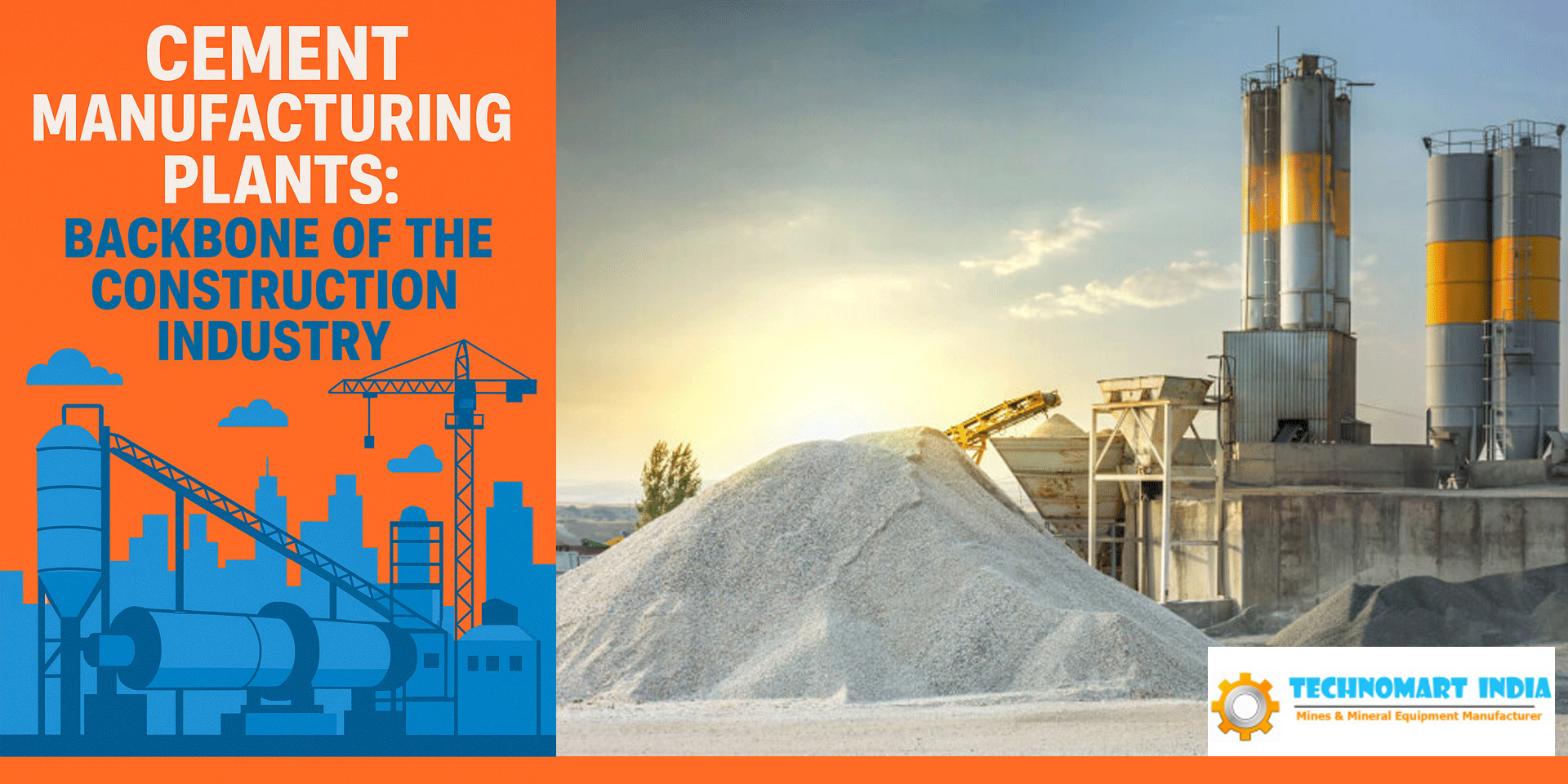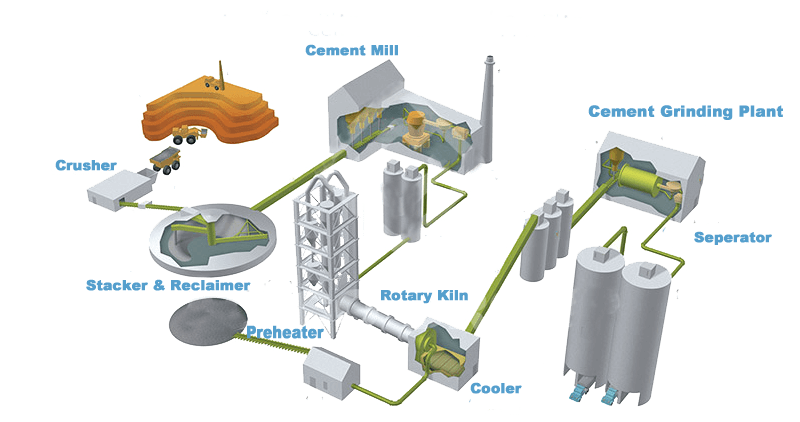


Admin 04 Oct 2025
The construction industry has been a driving force behind global development for centuries, building the foundations of cities, infrastructure, and economies. At the heart of this transformation lies cement, one of the most widely used building materials in the world. Cement provides the strength, durability, and reliability needed for constructing homes, commercial spaces, bridges, highways, and countless other structures.
Behind the availability of high-quality cement are cement manufacturing plants, which play a pivotal role in powering construction growth. These plants not only produce the cement that fuels the industry but also contribute to technological progress, economic development, and sustainability initiatives.
Cement is often referred to as the “glue” of the construction industry. It binds aggregates like sand and gravel together to form concrete, which is the primary material used in infrastructure development. From towering skyscrapers and residential complexes to roads, bridges, and dams, cement is indispensable.
Without the steady supply of cement from manufacturing plants, construction projects would face delays, increased costs, and compromised quality. This highlights the critical role that these plants play in ensuring a consistent supply of high-grade cement to meet the ever-growing demands of the construction sector.

The history of cement manufacturing dates back to ancient civilizations that used lime and clay-based mixtures. However, the modern cement industry as we know it today began in the 19th century with the invention of Portland cement.
Over the decades, cement manufacturing plants have evolved dramatically. Early plants were small-scale operations with limited capacity and basic processes. Today’s plants are massive industrial complexes equipped with cutting-edge machinery, automation technologies, and quality control systems, ensuring higher productivity, lower costs, and minimal environmental impact.
Modern cement plants are designed not only to maximize efficiency but also to meet stringent environmental regulations. The use of advanced kiln systems, energy-efficient grinding units, and waste heat recovery systems has revolutionized the industry.
The cement industry has embraced innovation to improve efficiency, reduce costs, and minimize environmental impact. Some of the key advancements include:
These advancements not only improve productivity but also ensure that cement manufacturing aligns with global environmental standards.
Despite their importance, cement manufacturing plants face several challenges:
Despite their importance, cement manufacturing plants face several challenges:
The future of cement manufacturing lies in automation, digitalization, and sustainability. Smart factories powered by AI, machine learning, and IoT will revolutionize production efficiency and quality control. Green cement technologies and carbon-neutral plants will pave the way for a more sustainable industry.
As urbanization and infrastructure development continue worldwide, the demand for cement will grow, solidifying the role of cement manufacturing plants as the backbone of the construction industry.
Cement manufacturing plants are more than just production facilities; they are the cornerstone of progress in the construction sector. By supplying high-quality cement, embracing cutting-edge technology, and adopting sustainable practices, these plants drive infrastructure development, create jobs, and contribute to economic growth.
As the world moves toward greener and smarter construction practices, cement manufacturing plants will continue to evolve, reinforcing their status as the backbone of the construction industry.